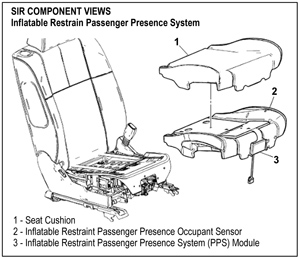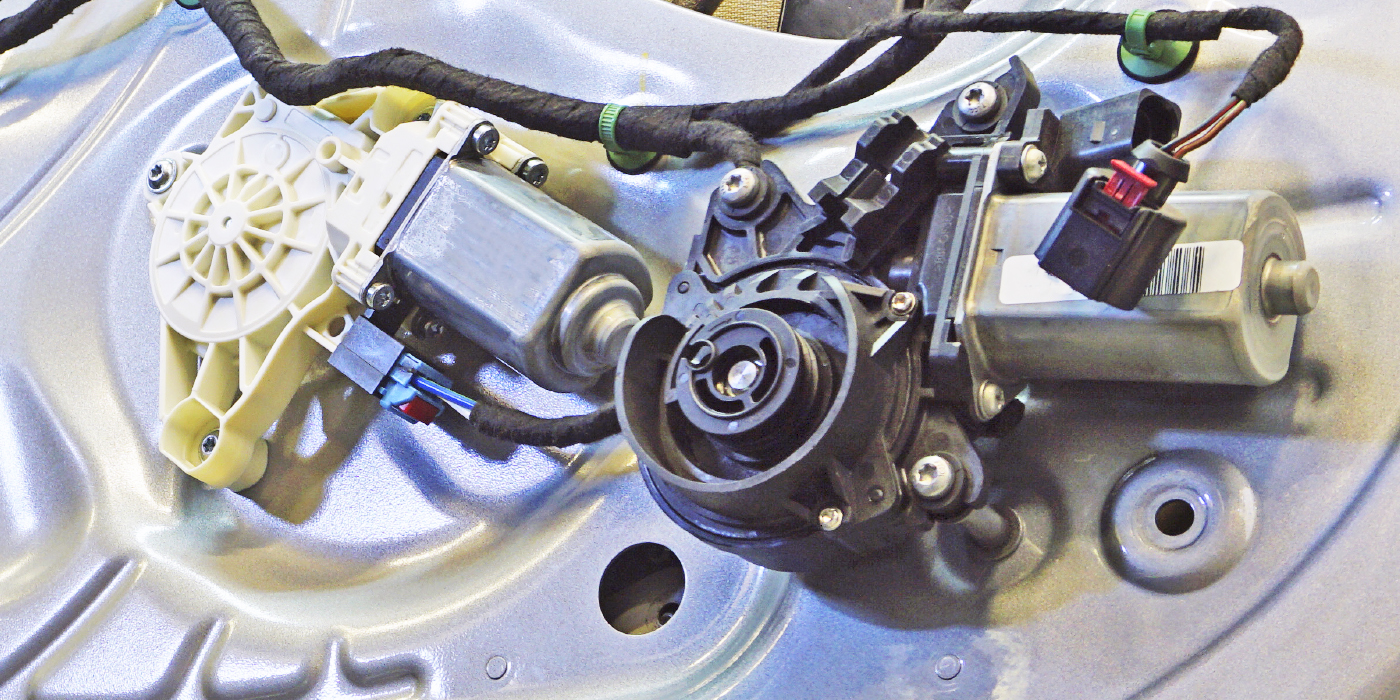 by Dan Espersen
by Dan Espersen
Post-collision repair requirements differ from manufacturer to manufacturer. Thus, you must be prepared to evaluate, research and document each and every crash-damaged vehicle that’s brought into your repair facility.
Seat belts, steering systems, occupant sensors, on-board diagnostics and air bag components and systems, as well as proper alignment of structurally related components, are only a few of the critical considerations confronting you.
Manufacturers often update procedures that point to on-board safety systems, so you need a way to reference them in order to prepare an accurate, safe and effective repair plan.
Here’s a Technical Service Bulletin from General Motors that explains the seat sensing system on 2008 and prior GM cars and trucks.
Application
Passenger Presence Sensing System (PPS or PSS): Concerns with custom upholstery, accessory seat heaters or other comfort enhancing devices.
Models: 2008 and prior GM cars and trucks (including Saturn), 2008 and prior HUMMER H2, H32005-2008 and Saab 9-7X.
NOTE: This bulletin is being revised to include the 2008 model year. Please discard Corporate Bulletin Number 06-08-50-009A (Section 08 – Body and Accessories).
Service Information
Always refer to ALLDATA Collision for safety procedures, identification of material types, recommended re-finish materials, removal and installation procedures. Always refer to General Motors for questions relating to applicable or non-applicable warranty repair information.
Safety Concerns
Concerns about safety and alterations to the front passenger seat. The front passenger seat in many GM vehicles is equipped with a PSS that will turn off the right front passenger’s front airbag under certain conditions, such as when an infant or child seat is present. In some vehicles, the PSS will also turn off the right front passenger’s seat mounted side impact airbag.
For the system to function properly, sensors are used in the seat to detect the presence of a properly seated occupant. The PSS may not operate properly if the original seat trim is replaced (1) by non-GM covers, upholstery or trim, (2) by GM covers, upholstery or trim designed for a different vehicle or (3) if any object, such as an aftermarket seat heater or a comfort-enhancing pad or device, is installed under the seat fabric or between the occupant and the seat fabric.
Aftermarket seat heaters, custom upholstery and comfort enhancing pads or devices. On a GM vehicle equipped with a PSS, use only seat covers and other seat-related equipment released as GM accessories for that vehicle. Do not use any other type of seat covers or seat-related equipment or GM accessories released for other vehicle applications.
Many types of aftermarket accessories are available to customers, upfitting shops and dealers. Some of these devices sit on top of or are Velcro-strapped to the seat, while others such as seat heaters are installed under the seat fabric.
Additionally, seat covers made of leather or other materials may have different padding thickness installed that could prevent the PSS from functioning properly. Never alter the vehicle seats. Never add pads or other devices to the seat cushion, as this may interfere with the operation of the PSS and either prevent proper deployment of the passenger airbag or proper suppression of the passenger air bag.
Dan Espersen is the ALLDATA Collision Program Manager. He’s a Gold Pin Member of the Collision Industry Conference (CIC) and holds an AA Degree in Automotive Technology. He has 17 years of experience in the collision industry and 17 years of experience in the automotive industry.
Courtesy of ALLDATA.
For additional information, visit www.alldata.com.













